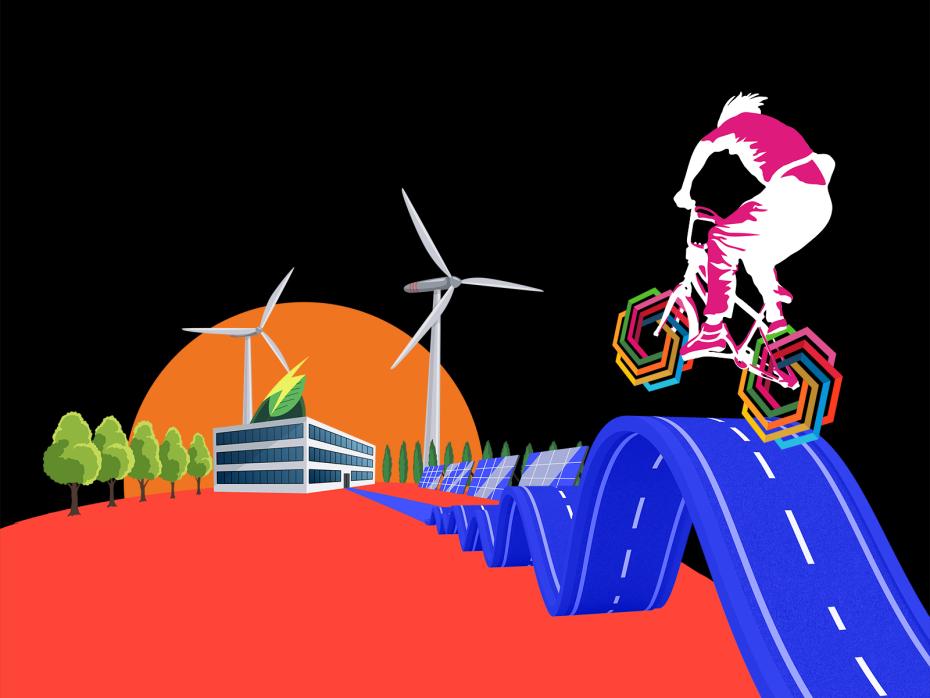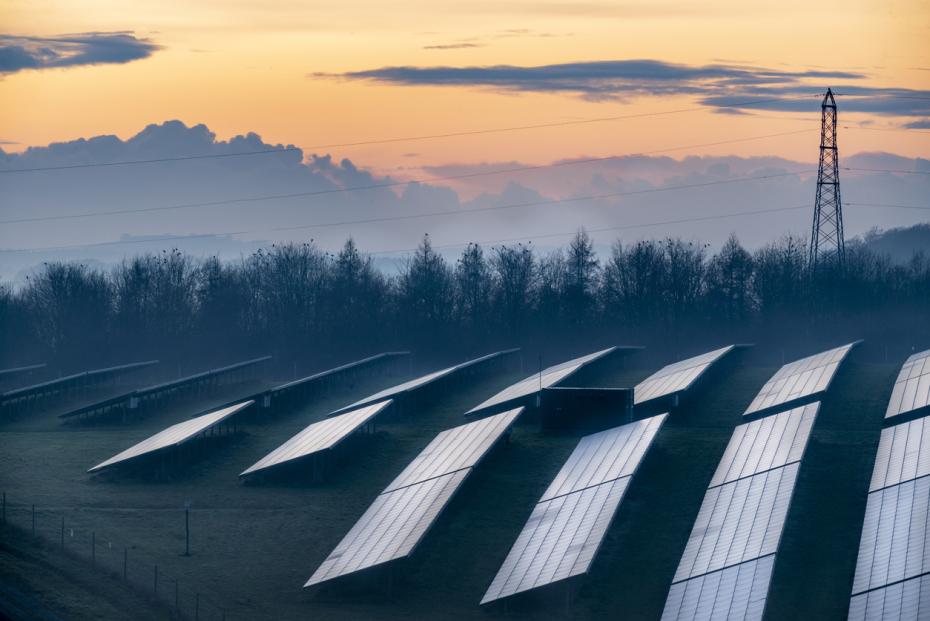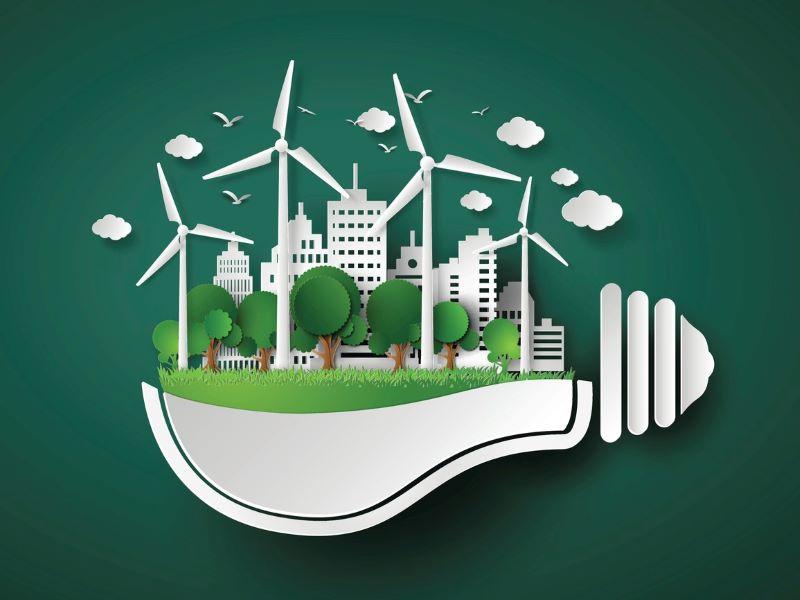
Higher education’s bumpy road to net zero

With squeezed budgets, AI unleashed and the actions of a hostile US government at the forefront of the university sector’s mind, has the climate crisis been pushed to the back burner? With 2050 marching closer, and global higher education accounting for about 18.1 million tonnes of carbon emissions annually (as of 2023), we look at what’s being done to reach net zero – and whether it will be enough. Learn about the steps to carbon neutrality, how to inspire the next generation to continue progress towards a sustainable future, and small ways to improve environmental impact on campus.
To get started, learn the key terms you need to know to understand and address net zero goals across a university, from Jennifer Chirico of Georgia Tech’s Center for 21st Century Universities.
The many paths to net zero
From reducing overall energy use, to moving to green sources, planting trees and carbon off-setting, there are many routes to reaching net zero. What all of them have in common is a need for collaboration and shared expertise - across different specialisms, teams, institutions and even sectors - to drive the necessary change.
Strategies to move universities to net zero: How one institution is reducing energy consumption, developing low-carbon infrastructure and rethinking campus spaces to reach net zero, as Scott Davidson as the University of Edinburgh explains.
How can we decarbonise knowledge production? An interdisciplinary approach that includes the institutions most affected by climate change is essential if higher education is to achieve net zero, argues Priya Vijaykumar Poojary of Manipal Academy of Higher Education.
Charting a shared path to net zero universities: What’s been lacking in the decarbonisation journey is the ability to bring universities together to share best practices, resources and tools, so that pioneers in the area can assist those just starting out, write Shreejan Pandey and Rebecca Powell of Monash University.
How we partner with landowners to sequester carbon emissions: Universities are turning to external partnerships in a bid to adopt more sustainable practices. David Bruce of the University of Edinburgh shares tips on how to identify and build relationships and overcome the challenges these collaborations can present.
To offset or not to offset – that is the question: David Duncan of the University of Glasgow explains why a compromise position in which offsetting is used to complement focused efforts at carbon reduction may be needed.
Measuring the environmental impact of student relocation: A simple but robust tool and methodology can help universities calculate the carbon emissions from student travel when they relocate for study, write Roederer Rose Lyne and Fraser Lovie of the University of Aberdeen.
Building futures - how estates directors can deliver net zero: Terry Spraggett of Mace discusses the critical role of estate leads, the impact the construction industry can have and the approach that will drive success.
The environmental cost of AI
With reports that Google’s carbon emissions have risen 48 per cent in the past five years, AI use may quite literally end up costing the Earth. This advice covers how to help your students use AI more sustainability, and how research into making AI “less thirsty” could promise a more resilient future.
Go green, AI! Can artificial intelligence be as green as it is integral to solving complex problems? As universities integrate courses on AI into different fields, they also need to show students its risks and costs, particularly for the environment, Inès Chihi and Inma Peral of the University of Luxembourg explain.
Campus talks: the pros and cons of AI in higher education: How should universities manage the rapid uptake of artificial intelligence across all aspects of higher education? In this podcast, we talk to three experts about AI’s impact on teaching, governance and the environment.
Inspiring students to take action
Putting the wheels in motion for a deadline that’s 25 years away will only work if we’ve equipped today’s students with the motivation and skills to carry on the fight against climate change. Read about ways to inspire students to take up climate action, embedding sustainability in education and addressing the anxiety they may feel about a warming planet, without leaving them feeling powerless.
Who’s the most sustainable? Get your students competing to be climate champions: Tap into your students’ interests and make climate action fun and competitive. Elliott Brown of Loughborough University outlines how.
How to collaborate on eco education – and how not to: When embedding sustainability education into the curriculum, barriers to interdisciplinary collaboration can limit progress. So, what needs to change? Aideen Foley of Birkbeck, University of London and Dale Mineshima-Lowe of Parami University.
Use art to cultivate business students’ understanding of climate change: Ryan Man of Hong Kong Baptist University describes how a transdisciplinary project using drawing and art deepens business students’ understanding of sustainability, inspiring them to become climate champions.
Traditional ecological knowledge can inspire students to take climate action: Combining ancient wisdom with modern knowledge does not just broaden perspectives, it can also prompt climate action. Discover more benefits, and read advice from Daniel Yonto and Bin Feng of Xi’an Jiaotong-Liverpool University on how to integrate traditional ecological knowledge into curricula.
Students as climate champions: a road map for universities: Universities must empower students to lead the fight against climate change. From green initiatives to student-led campaigns, Manjushree G Naik of Manipal Academy of Higher Education explains how to embed sustainability across all aspects of university life.
Three ways to address students’ climate anxiety: While higher education has made progress with greener campuses and remote working, providing students with an education that can respond to the climate crisis will be more challenging. Rob Amos of Birkbeck, University of London gives his take on how educators can tackle climate anxiety.
Create a more sustainable campus
What are the small things we can do individually to move our institutions closer to net zero? Here, find out how to make your research laboratories more sustainable, start initiatives to reduce waste on campus and pave the way to greener on-campus transportation.
How can we improve the sustainability of labs? Small, incremental changes in how laboratories manage consumables and equipment can add up to a substantial reduction in the environmental footprint of research activities, writes Jenna Lowe of the University of Liverpool.
Use a professional student wardrobe to tackle waste and increase employability: A student-led clothing wardrobe scheme helps students step into professional roles while reducing textile waste. Debra Easter of Nottingham Trent University outlines how to set one up to support both sustainability and student success.
Greener life science labs - the challenge to save energy and reduce waste: How to decrease the environmental footprint of a life science research centre? The University of Luxembourg’s Annegrät Daujeumont shares how following a certification programme can help labs embrace sustainability and eco-friendly practices.
Practical strategies for greener transportation on your university campus: Focusing on electric vehicle use and optimising lead-acid batteries, Kumar Tripathi of Aditya University shares practical tips for improving campus sustainability through greener transport, based on a pilot study.
How to encourage reuse and recycling on campus: Universities generate a significant amount of waste. Verónica Torres of Universidad Austral shares some simple steps to encourage students and staff to reuse and recycle.
Thank you to all the academics and higher education professionals who contributed their professional advice on this wide-ranging topic.
If you would like advice and insight from academics and university staff delivered direct to your inbox each week, sign up for the Campus newsletter.


